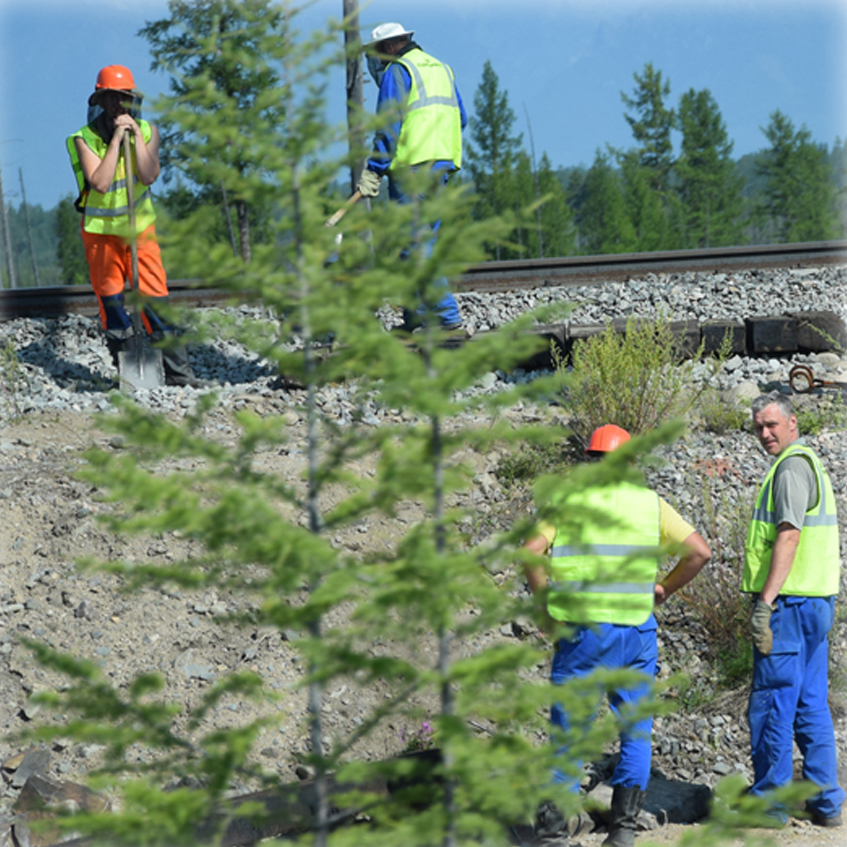Main Objectives

The vast expanses of the globe’s Arctic and Subarctic are difficult to traverse – enormous boreal forests, swamps and mountain ranges severely inhibit travel across these landscapes. Existing transportation networks – from footpaths, roads, river and aviation routes to railway lines – are few and far apart, thereby creating tracks of heightened human and non-human activity and mobility criss-crossing the land. Our starting assumption is that changes in transportation networks under “northern” conditions – that is, physical remoteness, a harsh climate, low population density, paucity of tracks – have tremendous consequences for human lives. We will concentrate on two dimensions of the interaction between humans and infrastructure: the social and the spatial. The latter dimension includes different forms of mobility, from short-term work-related commutes to permanent migrations. The social dimension includes the composition of human collectives, as well as the aspirations and practices of individuals.
The intellectual merit of this proposal rests on bringing recent anthropological debates about human/non-human entanglements and infrastructure to bear upon northern discussions about resource and community development, mobility, and demographic shifts in remote regions. Geographic input – as mediated through the spatial turn in anthropology – will enable us to address spatial issues in addition to the social dimension of our research. At the same time, the applicability of our results will not be limited to arctic and subarctic regions. Any remote region and resource frontier around the globe can be primary targets of future research on changing configurations of remoteness.


Notwithstanding the importance of theoretical insights, publicly funded science also needs to address societal concerns and stakeholder input. In our case, residents of eastern Siberia will be involved in planning, conducting and discussing the research. Local organizations and institutions, such as museums, BAM and AYaM builders’ associations, and NGOs, will be part of the process. In Austria, we will communicate the lived realities of eastern Siberians through public and academic events. Although the project’s home base is far away from the study region, we are interconnected through rail lines – and the goods they carry – as well as through oil and gas pipelines.

